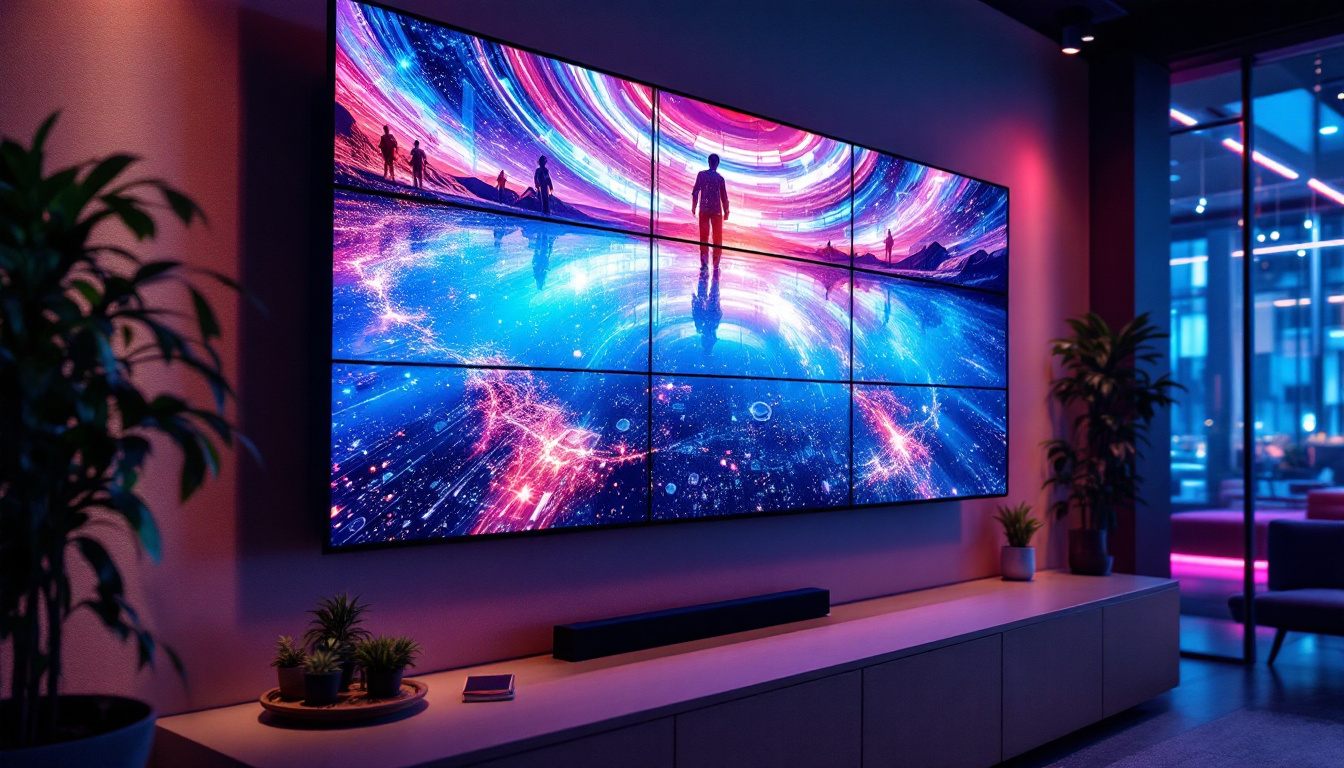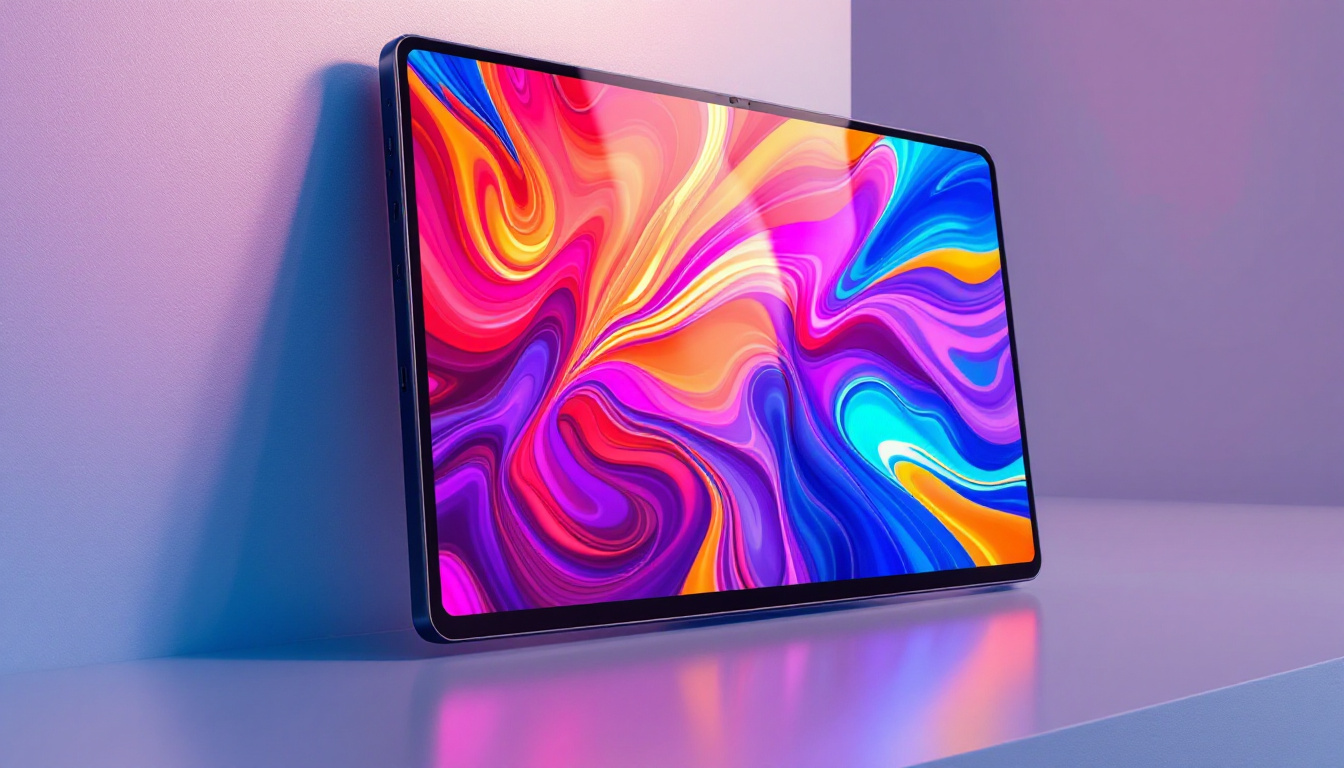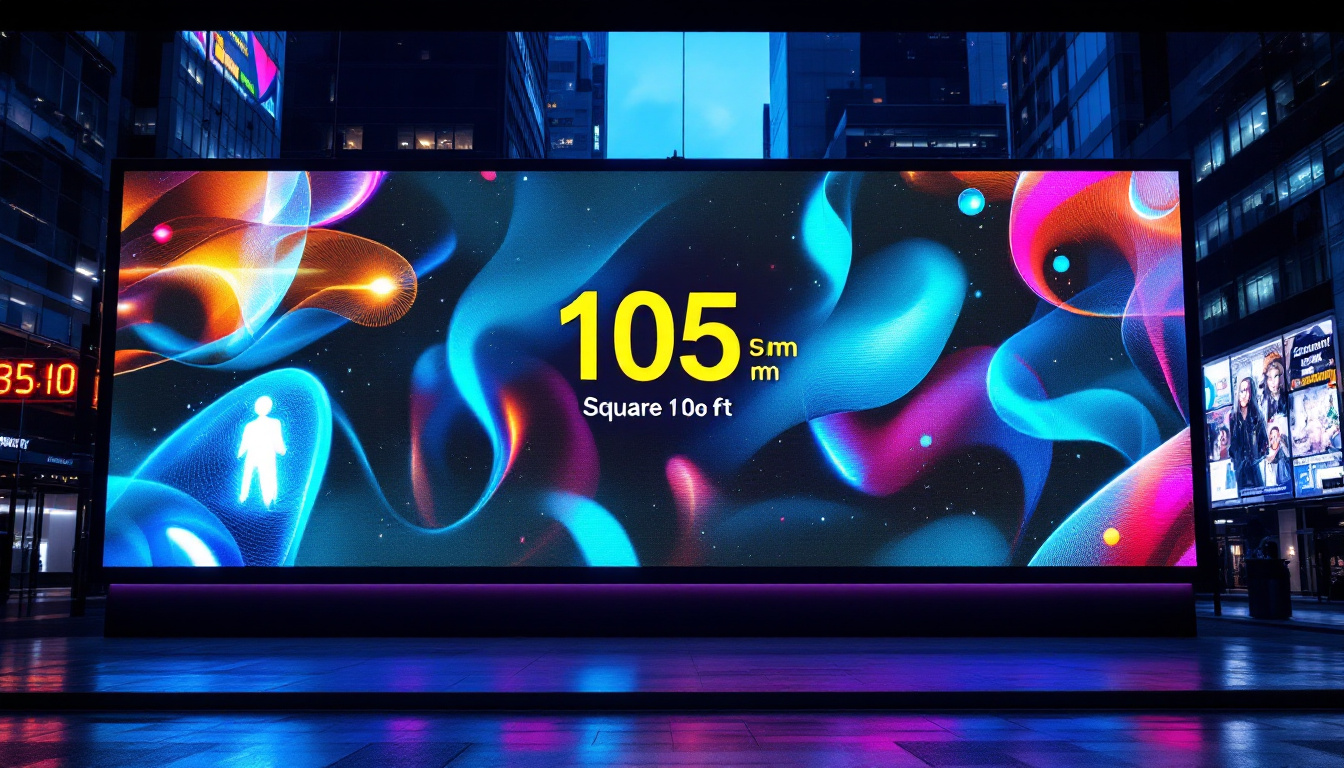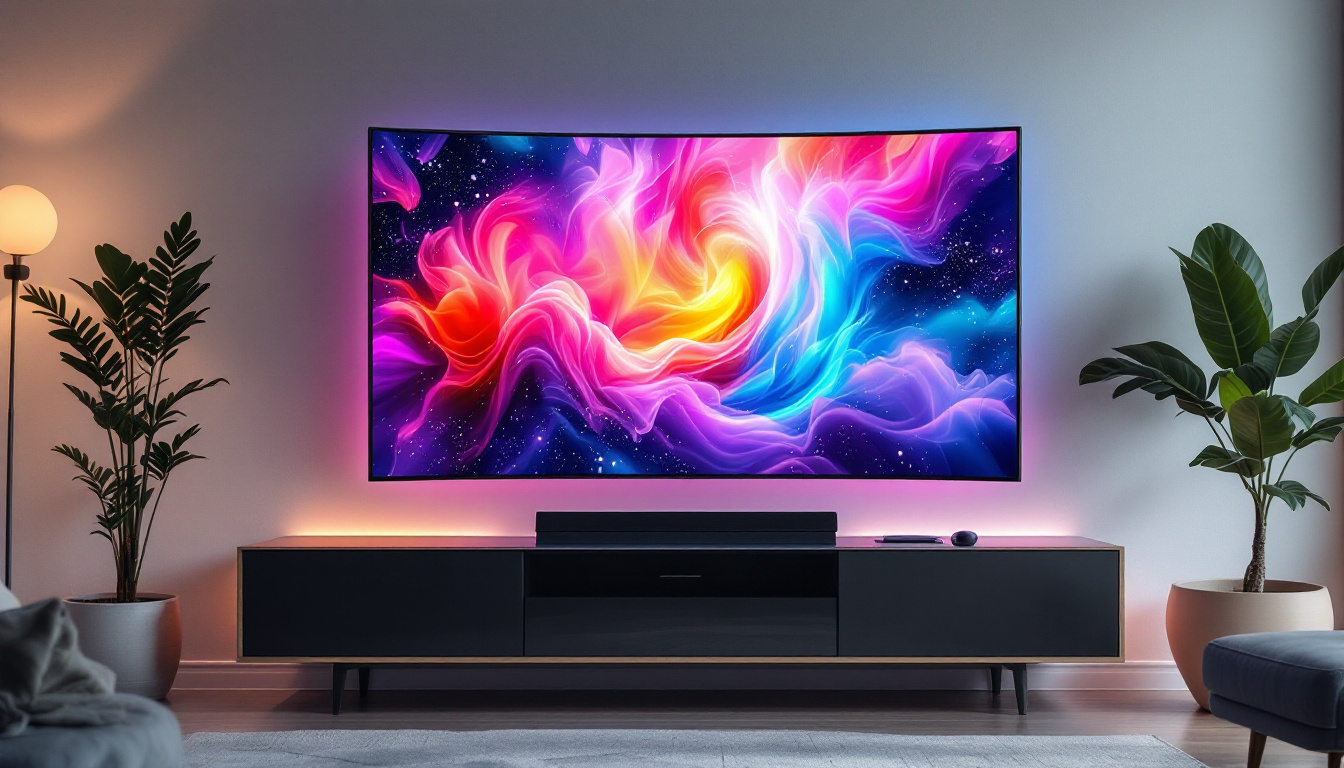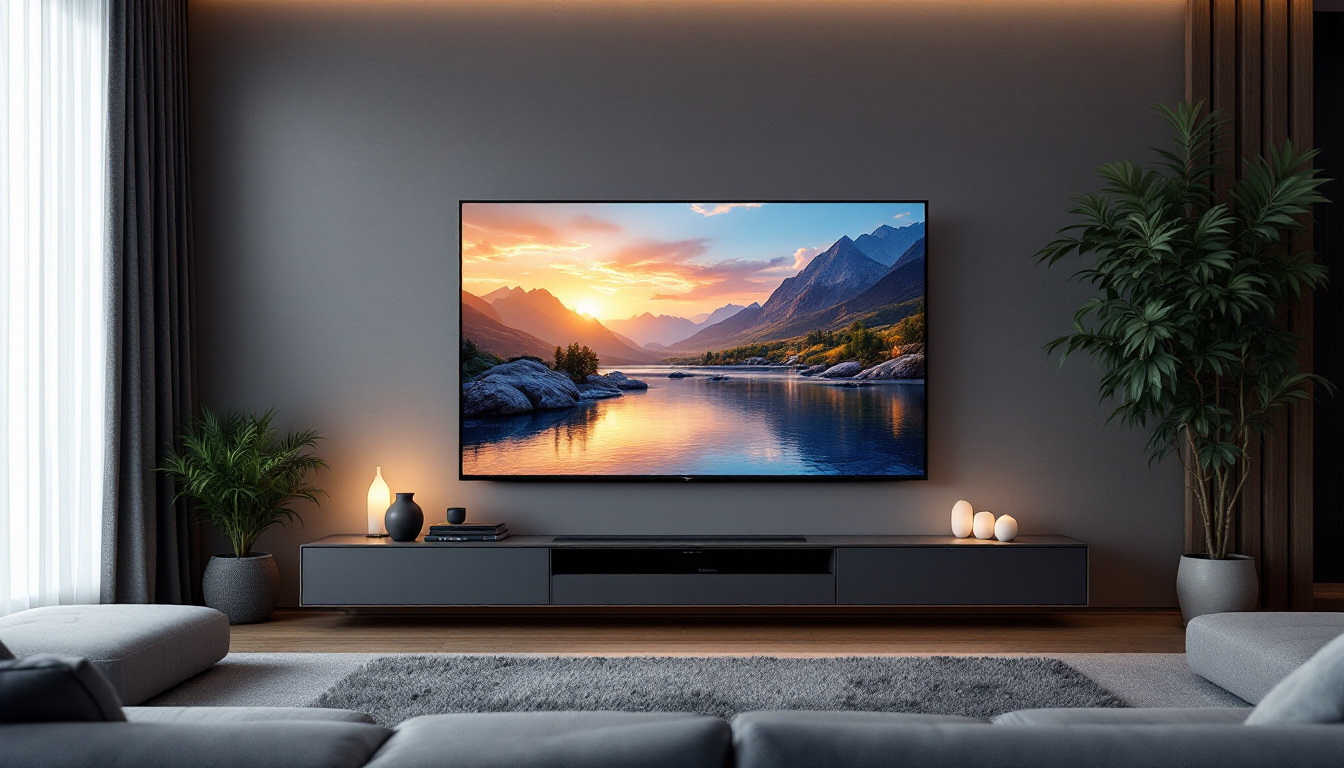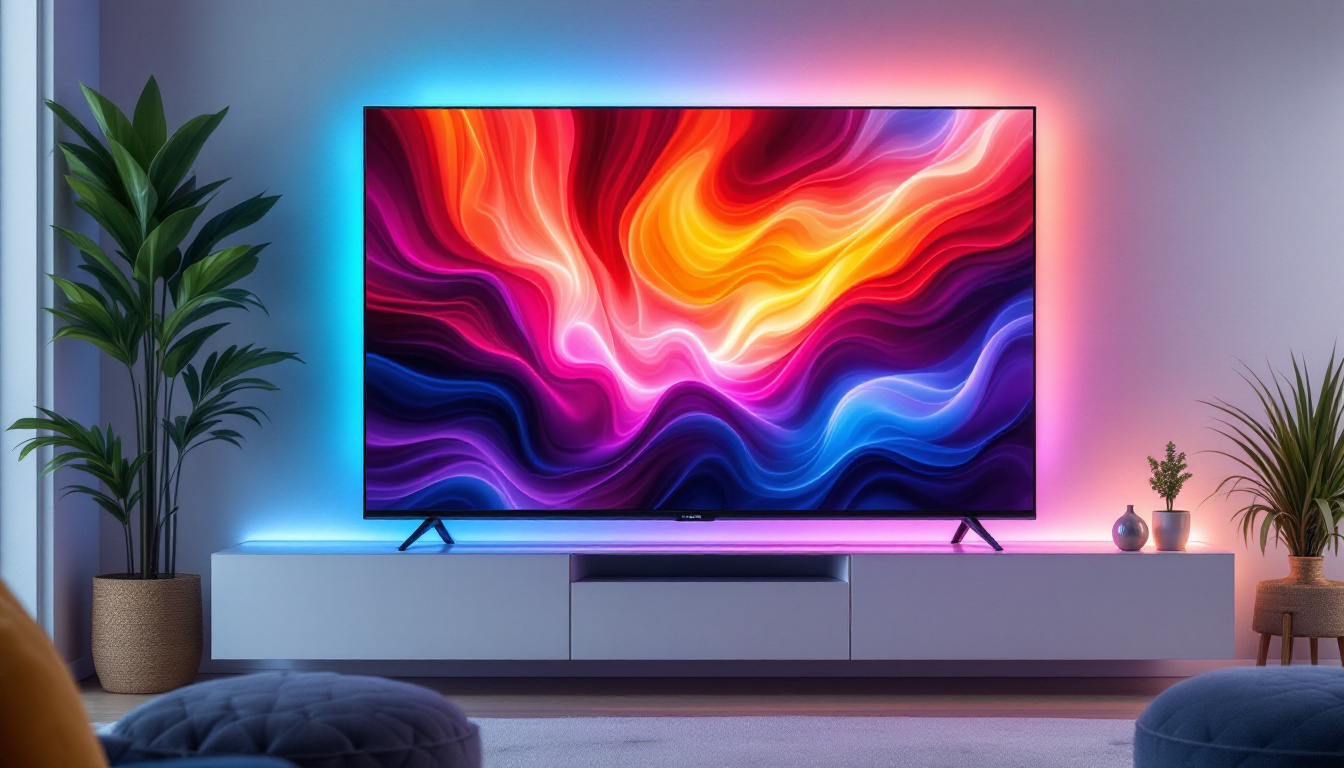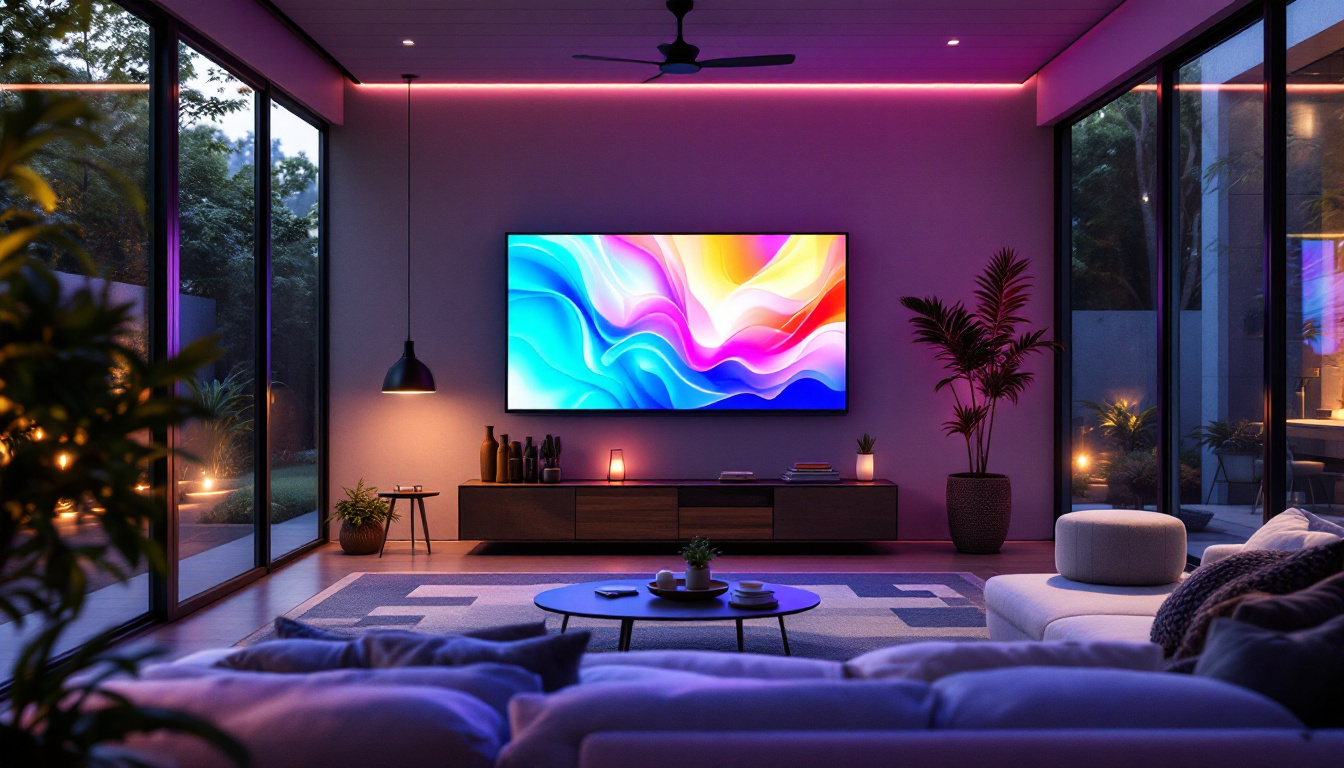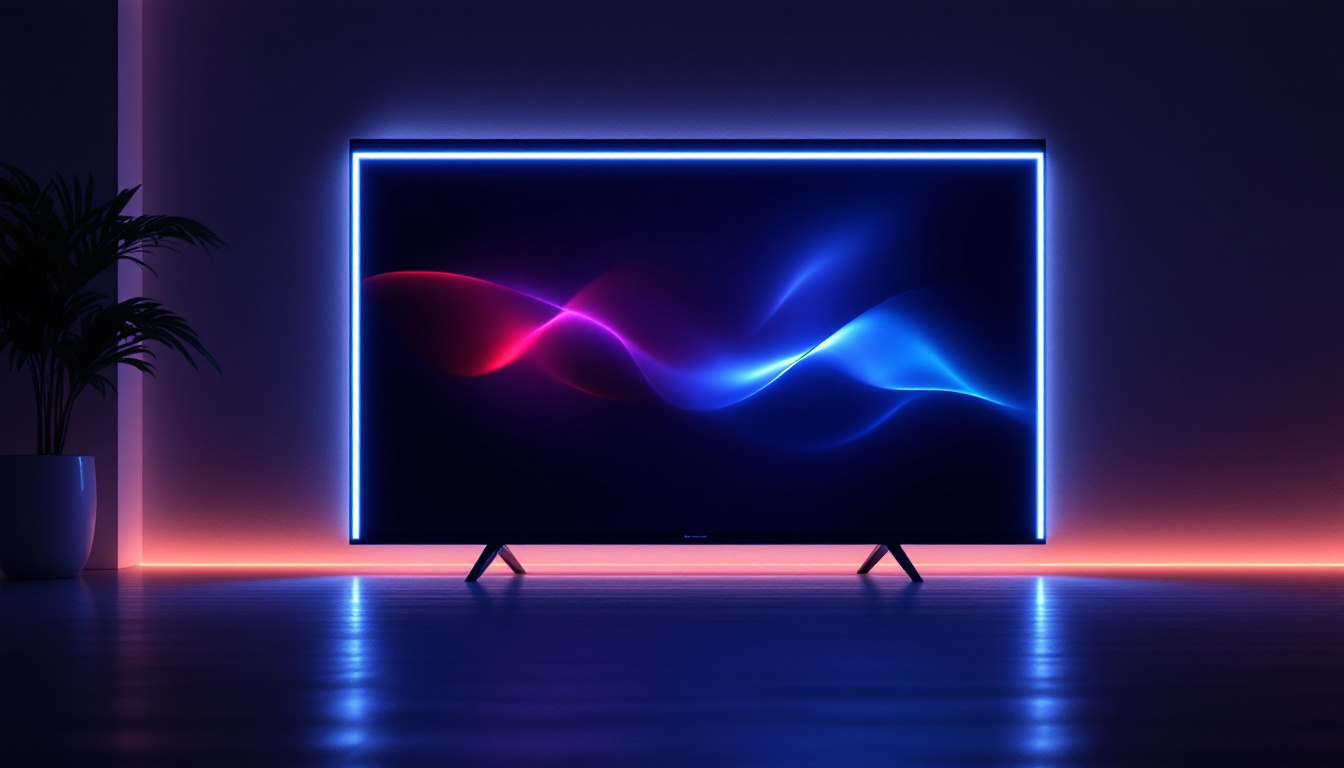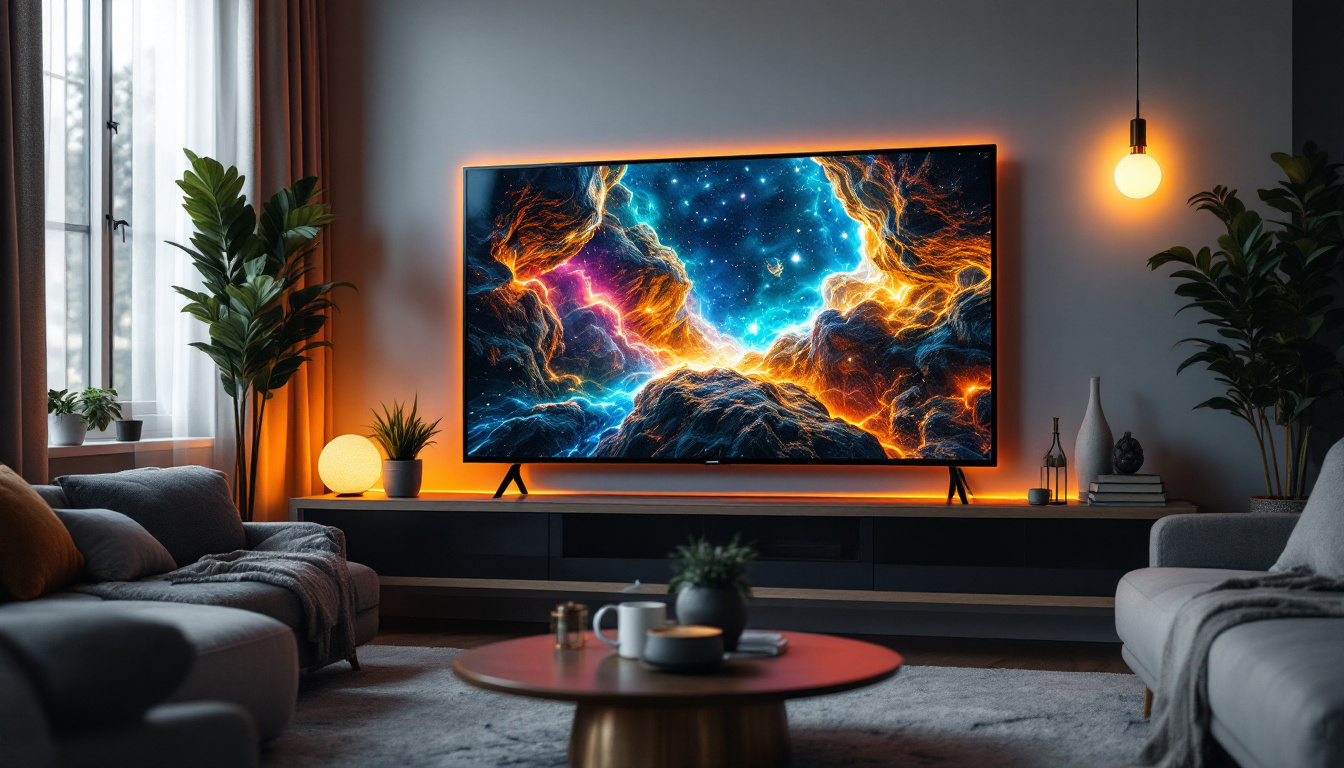What Is DisplayPort 1.4: LED Display Explained
In the ever-evolving world of display technology, DisplayPort 1.4 stands out as a significant advancement, particularly for LED displays. This article delves into the intricacies of DisplayPort 1.4, its features, benefits, and how it enhances the viewing experience across various devices.
Understanding DisplayPort Technology
DisplayPort is a digital display interface developed by the VESA (Video Electronics Standards Association). It is primarily used to connect a video source to a display device, such as a monitor or projector. Since its inception, DisplayPort has undergone several iterations, each bringing improvements in bandwidth, resolution, and overall performance. This evolution has made it a crucial technology in both consumer electronics and professional environments, where high-quality visuals are paramount.
The Evolution of DisplayPort
The first version of DisplayPort was released in 2006, and it quickly gained traction as a versatile alternative to HDMI and DVI. With each new version, the technology has adapted to meet the demands of higher resolutions and refresh rates. DisplayPort 1.4, released in March 2016, is one of the most significant updates, introducing features that cater to the needs of gamers, professionals, and casual users alike. The adaptability of DisplayPort has allowed it to remain relevant in an ever-evolving tech landscape, ensuring that it meets the increasing demands for high-definition content.
Key Features of DisplayPort 1.4
DisplayPort 1.4 boasts several key features that enhance its functionality. One of the most notable is its increased bandwidth of up to 32.4 Gbps. This allows for higher resolutions and refresh rates, making it ideal for 4K and 8K displays. Additionally, DisplayPort 1.4 supports HDR (High Dynamic Range), which enhances color accuracy and contrast, providing a more immersive viewing experience. Furthermore, the technology incorporates Display Stream Compression (DSC), which enables the transmission of high-resolution video without compromising quality, allowing users to enjoy stunning visuals even on the most demanding setups.
Another significant aspect of DisplayPort 1.4 is its support for multi-stream transport (MST), which allows multiple displays to be connected through a single DisplayPort output. This feature is particularly beneficial for professionals who require extensive screen real estate for tasks such as video editing, graphic design, or data analysis. By daisy-chaining monitors, users can create expansive workspaces without the clutter of multiple cables. Moreover, DisplayPort 1.4 maintains backward compatibility with previous versions, ensuring that users can still connect older devices without any issues, making it a versatile choice for various setups.
The Technical Specifications of DisplayPort 1.4
To fully appreciate DisplayPort 1.4, it is essential to understand its technical specifications. This section will explore the bandwidth capabilities, resolutions supported, and additional features that set it apart from previous versions.
Bandwidth and Resolution
With a maximum bandwidth of 32.4 Gbps, DisplayPort 1.4 can handle resolutions up to 8K at 60 Hz with 4:2:0 chroma subsampling. This is a significant leap from its predecessor, DisplayPort 1.3, which could support 8K at 30 Hz. For users with 4K displays, DisplayPort 1.4 can deliver refresh rates of up to 120 Hz, making it an excellent choice for gaming and high-definition video playback.
Support for Multiple Displays
Another impressive feature of DisplayPort 1.4 is its ability to support multiple displays through a single connection. This is achieved via Multi-Stream Transport (MST), which allows users to daisy-chain multiple monitors. For professionals who require extensive screen real estate for multitasking, this feature is invaluable. It simplifies cable management and reduces the number of ports needed on a graphics card.
Enhanced Audio and Video Features
DisplayPort 1.4 also enhances audio capabilities, supporting up to 32 audio channels and offering advanced audio formats like Dolby Atmos. Additionally, it includes support for HDR, which provides a wider color gamut and improved contrast ratios. This means that users can enjoy richer colors and deeper blacks, significantly enhancing the overall viewing experience.
Benefits of Using DisplayPort 1.4 with LED Displays
When paired with LED displays, DisplayPort 1.4 offers numerous benefits that enhance both visual quality and user experience. This section will explore how the technology optimizes LED displays for various applications.
Superior Image Quality
One of the primary advantages of using DisplayPort 1.4 with LED displays is the superior image quality it provides. The increased bandwidth allows for higher resolutions and refresh rates, resulting in clearer and more detailed images. Whether for gaming, graphic design, or watching movies, users will notice a significant difference in clarity and color accuracy.
Seamless Gaming Experience
For gamers, DisplayPort 1.4 is a game-changer. The high refresh rates and low latency make it ideal for fast-paced gaming. Coupled with support for variable refresh rates (VRR) through technologies like AMD FreeSync and NVIDIA G-Sync, gamers can enjoy a smoother experience with reduced screen tearing and stuttering. This is particularly important for competitive gaming, where every frame counts.
Future-Proofing Your Setup
As display technology continues to advance, choosing DisplayPort 1.4 helps future-proof your setup. With support for 8K resolution and HDR, users can invest in high-end displays without worrying about compatibility issues. This ensures that as new technologies emerge, your existing equipment will still be able to deliver optimal performance.
Comparing DisplayPort 1.4 with Other Interfaces
While DisplayPort 1.4 offers numerous advantages, it is essential to compare it with other popular interfaces, such as HDMI and DVI, to understand its unique position in the market. This comparison will highlight the strengths and weaknesses of each technology.
DisplayPort vs. HDMI
HDMI (High-Definition Multimedia Interface) is perhaps the most well-known display interface, commonly used in televisions, projectors, and consumer electronics. While HDMI 2.0 can support 4K resolution at 60 Hz, HDMI 2.1, released in 2017, has closed the gap with support for 8K and higher refresh rates. However, DisplayPort 1.4 still holds advantages in terms of bandwidth and support for multiple displays through MST, making it a preferred choice for professional setups and gaming.
DisplayPort vs. DVI
DVI (Digital Visual Interface) was once a standard for connecting monitors but has since fallen behind in terms of capabilities. DVI does not support audio transmission and is limited in bandwidth compared to DisplayPort 1.4. While DVI can handle 1080p resolutions, it struggles with 4K and higher, making DisplayPort the superior choice for modern displays.
Common Use Cases for DisplayPort 1.4
DisplayPort 1.4 is versatile and can be utilized in various scenarios. Understanding its common use cases can help users determine if it is the right choice for their needs.
Gaming
As previously mentioned, gaming is one of the primary use cases for DisplayPort 1.4. The technology’s high bandwidth, support for high refresh rates, and VRR capabilities make it ideal for gamers seeking the best performance. Many modern gaming monitors come equipped with DisplayPort 1.4, allowing players to take full advantage of their hardware.
Professional Workstations
For professionals in fields such as graphic design, video editing, and 3D modeling, DisplayPort 1.4 is invaluable. The ability to connect multiple high-resolution monitors through MST allows for a more efficient workflow. Additionally, the enhanced color accuracy and HDR support ensure that professionals can work with the best visual fidelity possible.
Home Entertainment Systems
DisplayPort 1.4 is also suitable for home entertainment systems, particularly for those who prioritize high-quality video playback. With support for 8K resolution and HDR, users can enjoy their favorite movies and shows with stunning clarity and vibrant colors. The audio capabilities further enhance the experience, making it a comprehensive solution for home theaters.
Setting Up DisplayPort 1.4
Setting up a DisplayPort 1.4 connection is straightforward, but there are a few considerations to ensure optimal performance. This section will guide users through the setup process and highlight important factors to keep in mind.
Choosing the Right Cables
To take full advantage of DisplayPort 1.4, it is crucial to use the appropriate cables. Not all DisplayPort cables are created equal; users should look for cables that are rated for DisplayPort 1.4 to ensure they can handle the necessary bandwidth. Additionally, consider the length of the cable, as longer cables may require active adapters to maintain signal quality.
Configuring Display Settings
Once the physical connection is established, users may need to configure their display settings. This can typically be done through the operating system’s display settings menu. Users should ensure that the correct resolution and refresh rate are selected to optimize their viewing experience. For gamers, enabling VRR settings can further enhance performance.
Testing and Troubleshooting
After setup, it is advisable to test the connection to ensure everything is functioning correctly. Users should look for any signs of display issues, such as flickering or artifacts. If problems arise, checking the cable connections and display settings can often resolve the issue. In some cases, updating graphics drivers may also be necessary to ensure compatibility.
Conclusion
DisplayPort 1.4 represents a significant advancement in display technology, offering enhanced capabilities that cater to a wide range of users. From gamers seeking high-performance setups to professionals requiring precise color accuracy, DisplayPort 1.4 delivers a superior viewing experience. Its ability to support multiple displays, high resolutions, and advanced audio features makes it a versatile choice for modern applications.
As display technology continues to evolve, DisplayPort 1.4 stands as a robust solution that not only meets current demands but also prepares users for future advancements. Whether upgrading an existing setup or building a new one, incorporating DisplayPort 1.4 is a decision that promises to enhance the overall experience.
Discover Cutting-Edge DisplayPort 1.4 Compatible LED Displays with LumenMatrix
Ready to experience the full potential of DisplayPort 1.4 with LED displays that push the boundaries of visual excellence? LumenMatrix is at the forefront of LED display innovation, offering a diverse range of solutions that bring your content to life. From vibrant Indoor LED Walls to dynamic Outdoor LED Displays, and from versatile Vehicle LED Displays to sleek LED Poster Displays, our technology is designed to captivate and engage. Embrace the future of visual communication with our LED Sports Displays, immersive Floor LED Displays, and customizable options that fit your unique needs. Elevate your message with clarity and impact—check out LumenMatrix LED Display Solutions today and transform the way you connect with your audience.



